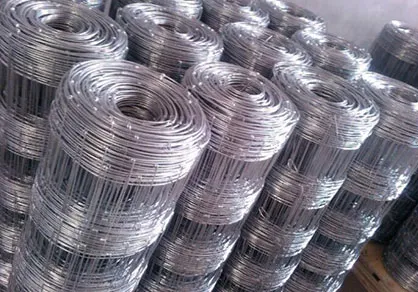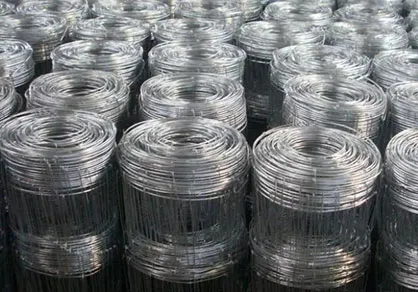

Deciding between common and box nails involves assessing the specific needs of your project. Here are key considerations to guide your selection 1. Project Load Requirement - Opt for common nails when your project demands high load-bearing capacity and resilience. They are indispensable in foundational structures. - Box nails are suitable for projects with moderate strength requirements where the primary goal is to maintain the wood’s appearance without compromising structural integrity. 2. Wood Type - For harder woods, common nails offer the strength necessary to penetrate and hold without bending. - Box nails excel with softer woods as their slenderness minimizes splitting. 3. Aesthetic Specifications - If the visibility of nail heads is a concern and a smoother finish is preferred, box nails work subtly to minimize impressions. 4. Nail Size and Length - Both nail types come in a variety of sizes and lengths; choosing the appropriate size is critical to ensuring the nail fully anchors materials together without protruding. Expert Recommendations and Insights Experienced builders recommend keeping both common and box nails in your toolkit. Each type’s unique characteristics can be leveraged to achieve both the structural goals and the aesthetic desires of any project. For instance, when framing a house, one might use common nails for the primary structure, ensuring sturdiness, then switch to box nails for installing trim and finish work to maintain a pristine look. The question of common vs. box nails doesn't have a one-size-fits-all answer, and the decision ultimately lies in understanding the balance between strength and finesse. Familiarize yourself with both options to harness their full potential in various applications—ensuring every project not only stands the test of time but also reflects the craftsmanship finesse. Their importance in woodworking and construction underscores the need for projects that not only meet immediate structural demands but also maintain longevity and aesthetic appeal, combining reliability with precision.

















